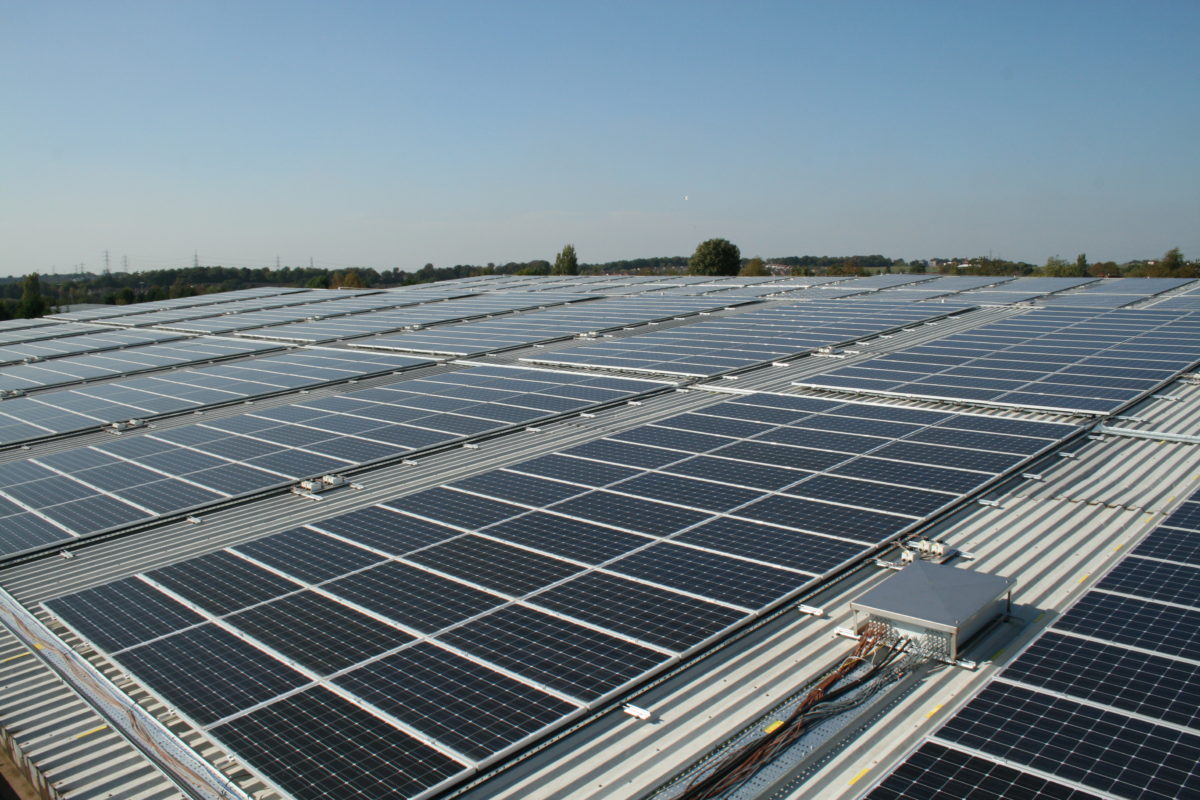Researchers from the University of Sistan and Baluchestan, in Iran, have suggested a new strategy to mitigating the risk of voltage spikes in the power electronics of small scale generation systems.
Such ‘overvoltages’ – usually caused by short-circuit faults and switching events – can cause significant damage to PV installations.
The proposed new approach, which the researchers claim can be applied without additional equipment, combines virtual impedance and a modified pulse-width modulation strategy to suppress fault currents in grid-connected PV systems.
The research team said virtual impedance can damp the amplitude and duration of overvoltages. “The virtual impedance scheme has significant constraints for the fault current and temporary overvoltage mitigation,” the paper noted.
Limiting fault currents
Pulse-width modulation signals can also limit faults currents and, as a consequence, restrict power generation under abnormal conditions in a current-controlled PV system, according to the researchers. That means pulse-width modulation can reduce the volume of power injected during fault conditions.
The researchers said the simulations they conducted demonstrated their approach can effectively limit fault current using modified modulation signals and a virtual impedance loop in the synchronous reference frame.
The findings of the research are presented in the study A Temporary Overvoltages Mitigation Strategy for Grid-Connected Photovoltaic Systems Based on Current-Source Inverters, published in the Iranian Journal of Science and Technology, Transactions of Electrical Engineering.
This content is protected by copyright and may not be reused. If you want to cooperate with us and would like to reuse some of our content, please contact: editors@pv-magazine.com.




1 comment
By submitting this form you agree to pv magazine using your data for the purposes of publishing your comment.
Your personal data will only be disclosed or otherwise transmitted to third parties for the purposes of spam filtering or if this is necessary for technical maintenance of the website. Any other transfer to third parties will not take place unless this is justified on the basis of applicable data protection regulations or if pv magazine is legally obliged to do so.
You may revoke this consent at any time with effect for the future, in which case your personal data will be deleted immediately. Otherwise, your data will be deleted if pv magazine has processed your request or the purpose of data storage is fulfilled.
Further information on data privacy can be found in our Data Protection Policy.